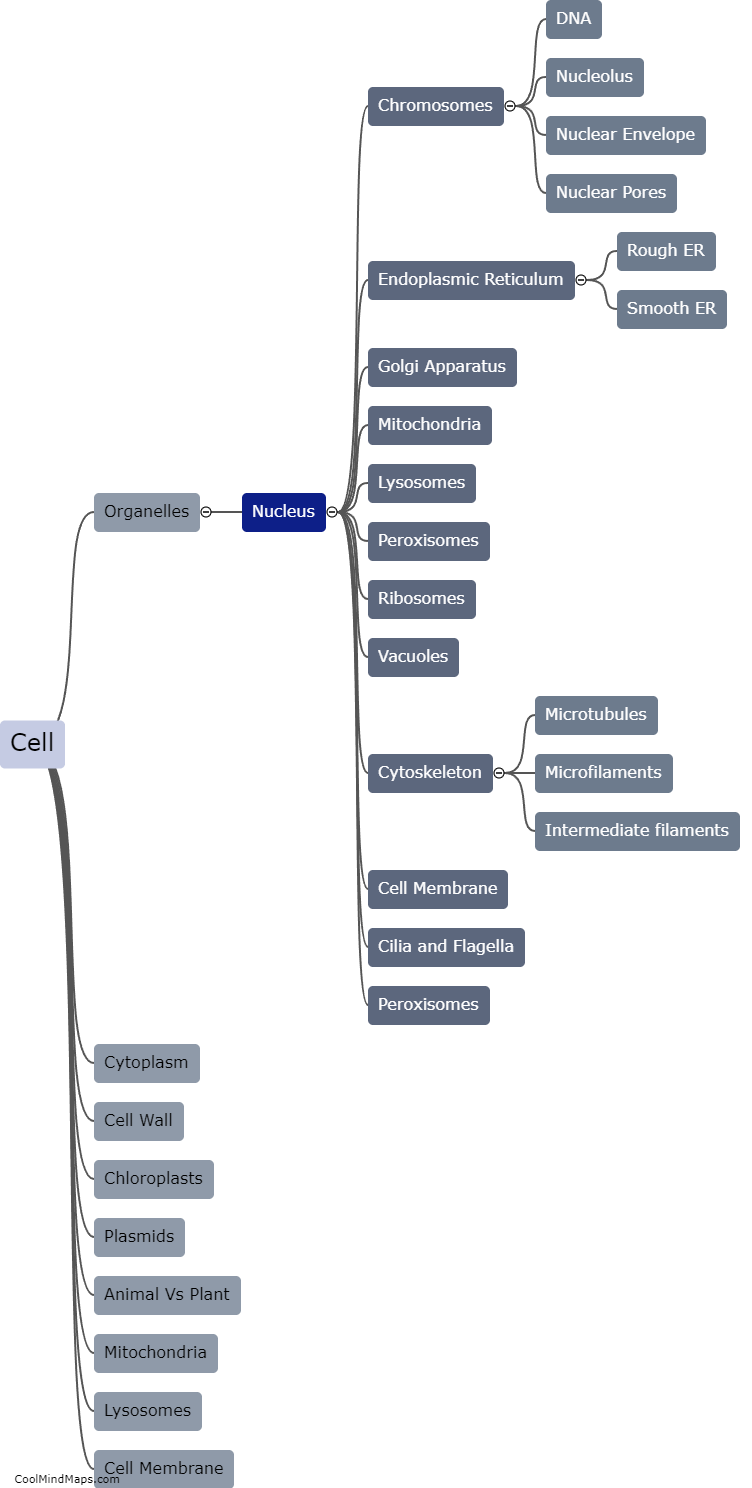How does taxonomy classify organisms?
Taxonomy is the scientific discipline that categorizes and classifies organisms based on their characteristics and relationships with other living things. This process of classification involves grouping organisms into hierarchical categories, starting from broader groups such as kingdoms and narrowing down to more specific categories like species. Taxonomists rely on various criteria, including physical traits, genetic information, and ecological similarities, to classify organisms. By systematically organizing and naming species, taxonomy provides scientists with a standardized and efficient way to study and understand the vast diversity of life on Earth.

This mind map was published on 26 October 2023 and has been viewed 95 times.











